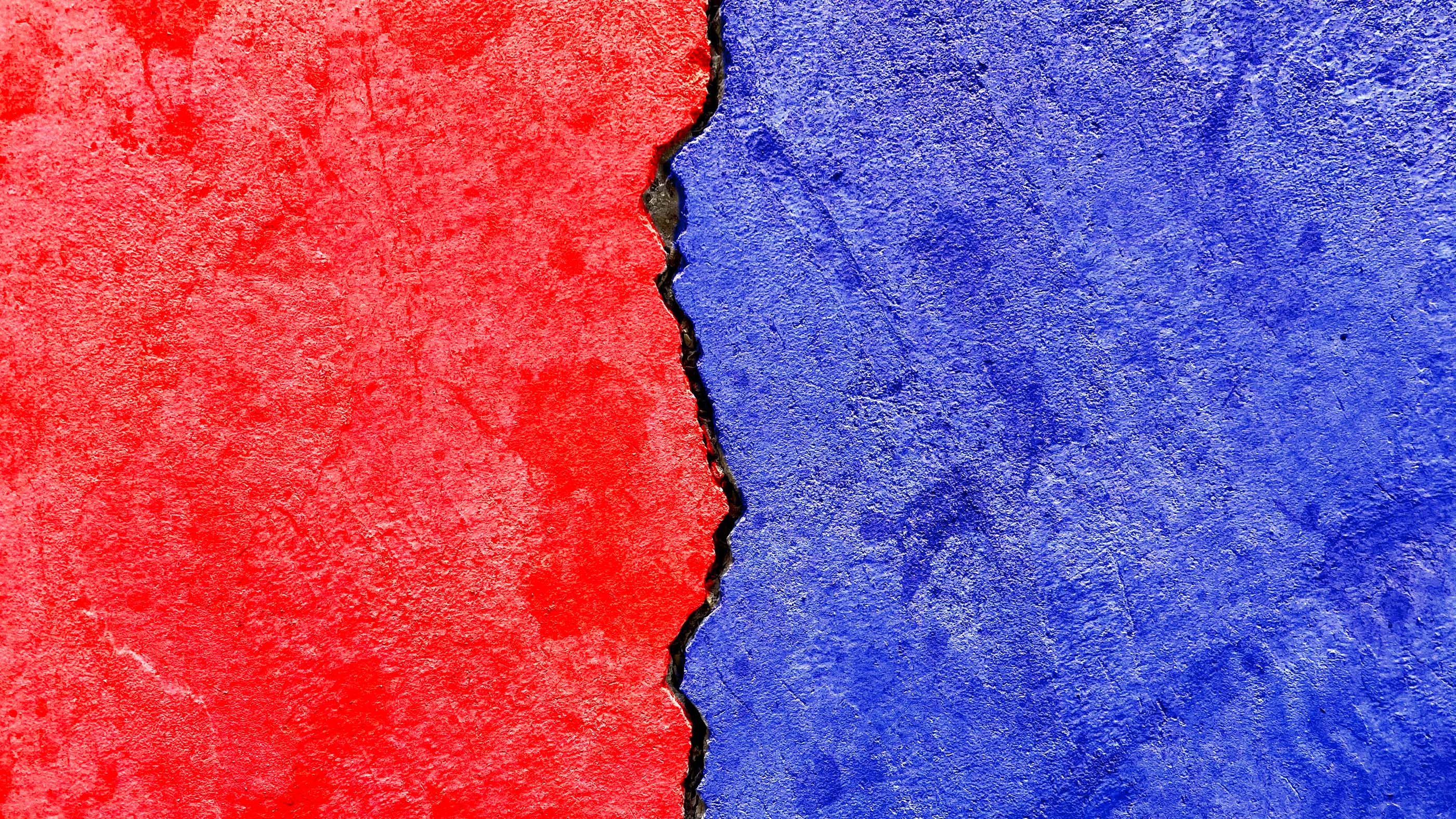Why is red for Republicans and blue for Democrats?

In any 2020 electoral map, the color scheme is clear: Red is for Republicans, blue is for Democrats. But where did this universal agreement on color-coding come from?
It's relatively new. Though red and blue have often been used to stand in for opposing sides in U.S. political history, it's only since the 2000 election that red and blue have been assigned to the political parties consistently.
That year, The New York Times and USA Today published full-color electoral maps for the first time, and according to The Verge, they assigned the colors fairly arbitrarily.
"[R]ed begins with r, Republican begins with r," senior graphics editor Archie Tse told The Verge. "It was a more natural association."
Related: Why did the Democratic and Republican parties switch platforms?
The political parties have now embraced their assigned colors, with Democrats urging citizens to "Vote Blue!" and supporters of Donald Trump donning red "Make America Great Again" hats. But it could have easily gone the other way. According to The History Channel, the first colorful electoral maps on television were broadcast in 1976, but there was no consistency between networks as to what colors were used for which party. Red often stood in for Democrats, and blue for Republicans.
Going back further in time, red and blue were common options for differentiating political parties or two sides of an issue. For example, in the late 1800s and early 1900s, bosses of political parties in South Texas color-coded ballots red and blue for Republican and Democrat in order to "assist" illiterate or non-English-speaking voters at the polls (this assistance often involved outright election fraud, according to the Texas State Historical Association). Republicans were often red in this system, though the colors varied from county to county. According to Geography Realm, maps showing party affiliation by red and blue date back to at least 1883, though red often stood in for Democrats and blue for Republicans.
Sign up for the Live Science daily newsletter now
Get the world’s most fascinating discoveries delivered straight to your inbox.
The long, arduous election between George W. Bush and Al Gore in 2000 cemented the red and blue designations for Republicans and Democrats. According to The History Channel, the major news networks "banded together" to keep the colors consistent, which made reporting contested electoral college numbers and the Florida recount a less confusing task. It took weeks to call the election, and by that time the color associations were set.
Using blue for a left-leaning party and red for a right-leaning party makes the United States odd among other nations, which often associate red with political parties on the left and blue with conservative parties. For example, the Conservative party in the United Kingdom uses blue, while the Labour party is symbolized by a red flag.
Originally published on Live Science.

Stephanie Pappas is a contributing writer for Live Science, covering topics ranging from geoscience to archaeology to the human brain and behavior. She was previously a senior writer for Live Science but is now a freelancer based in Denver, Colorado, and regularly contributes to Scientific American and The Monitor, the monthly magazine of the American Psychological Association. Stephanie received a bachelor's degree in psychology from the University of South Carolina and a graduate certificate in science communication from the University of California, Santa Cruz.









